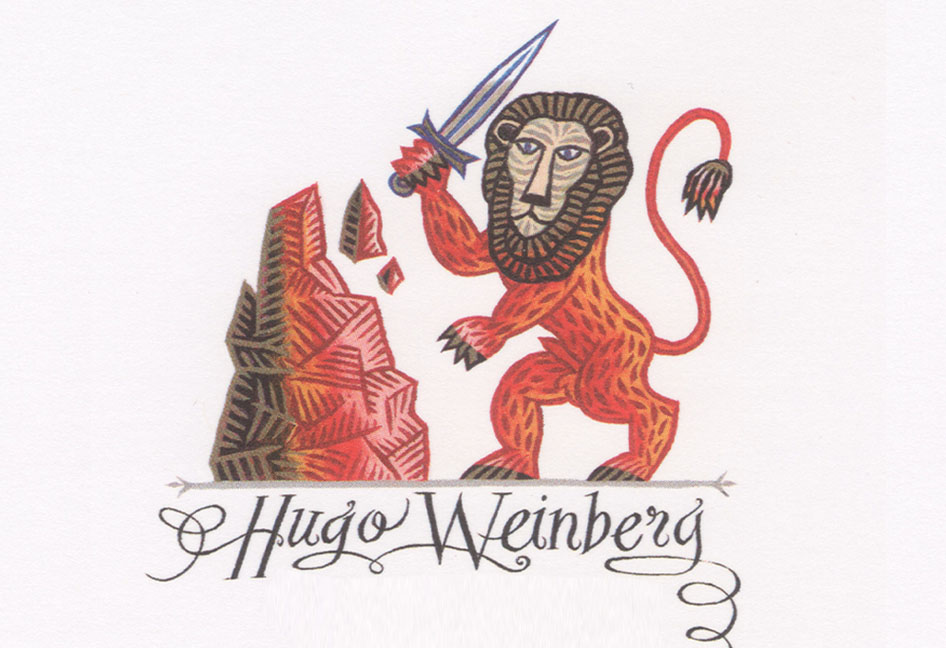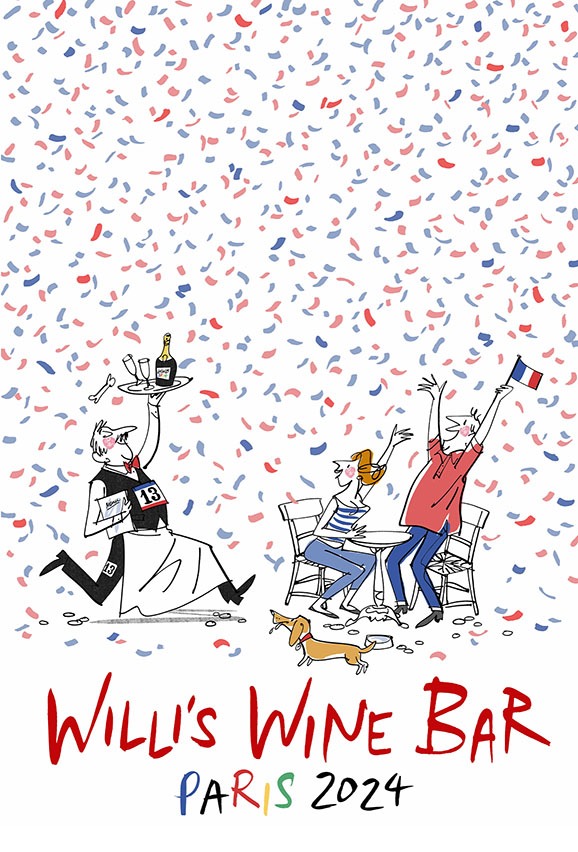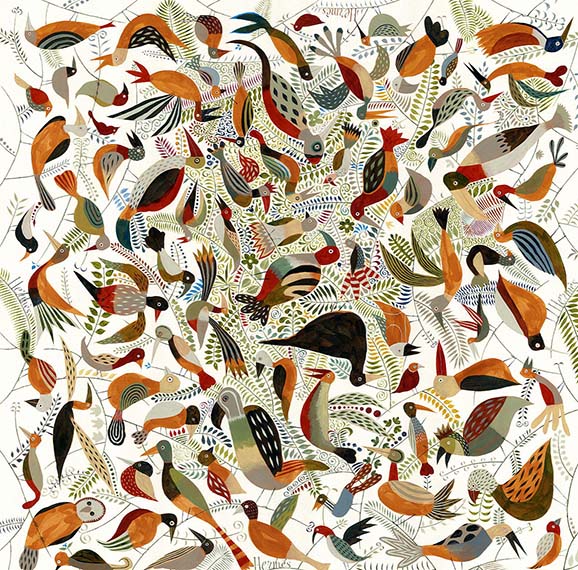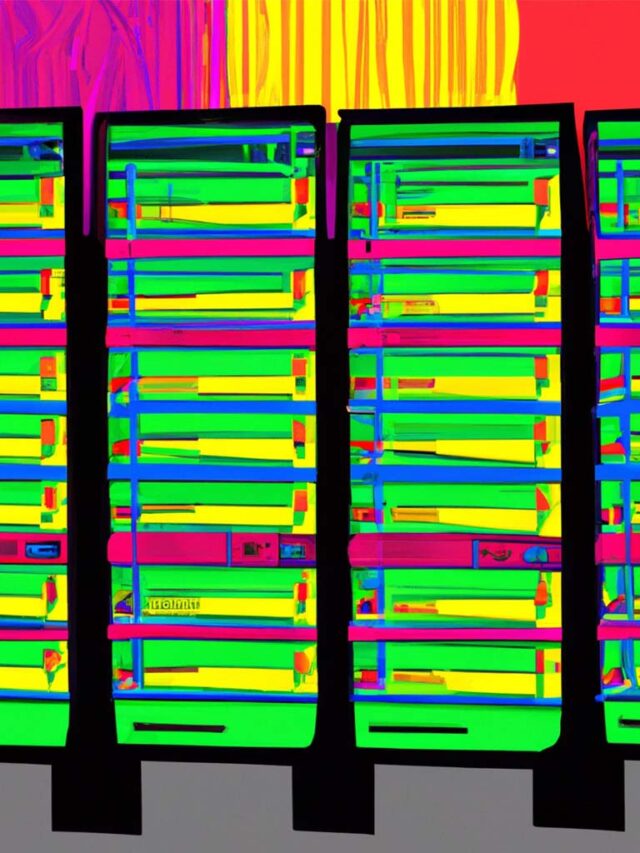Illustrators’ agent Hugo Weinberg is synonymous with illustration, particularly if you’ve been lucky enough to have spent time in the Paris communications scene over the last decades. His career began with a love of illustration, for its extraordinary ability to grab the eye of even the most distracted individual with cunning, beauty and intelligence. And for the alchemy it creates between a brand and the illustrator’s personality, craft and style—a mixture that always gives birth to something unique and exciting.
CONTENTI sat down with Hugo to discuss his passion for illustration and what his job entails.
C: Can you briefly tell us what your job entails?
HW: I represent over one hundred illustrators with diverse styles, techniques, inspiration and visions. I work as a connector between these artists and companies in the publishing, communications, manufacturing, luxury goods and other industries, who seek to use the power of illustration to support and differentiate their brands and products.

C: Why is illustration powerful and how can brands use it?
HW: Illustration offers the opportunity for a brand to draw on an artist’s unique style and vision to create something that is truly differentiating. Also, no medium is better adapted to conveying ideas thanks to its incredible flexibility.
C: How does an illustration job begin?
HW: I can be called by an editorial director of a book collection or a publication that has a certain type of illustration in mind for a cover or an article. Or it might be an art director or creative director from an ad agency or other business. They may have a particular artist in mind or are looking for a certain style and ask me to propose an artist.
C: What are the steps involved in engaging and working with a professional illustrator?
HW: Choosing the right illustrator for the job is the starting point. I’ve worked on thousands of illustration projects and am familiar with how each of my illustrators works, so I am good at setting up winning relationships. The brief is extremely important. A good brief is essential to setting expectations from the beginning. I often play a role in helping clients define the brief, and together we can work towards ideas that will translate effectively to the medium of illustration.
C: What are some of the reasons your clients choose original illustrations?
HW: Editorial directors look for smart, lively graphics that uniquely capture the subject at hand—an article, book or magazine cover. Just as importantly, they want to draw the reader’s attention and create a sense of intrigue for the contents inside which can’t be assessed at a glance. Brands, either directly or through their agencies, contact me to help them create a unique visual style for corporate branding, packaging, or a brand or marketing campaign.
C: How is working with an illustrator different from working with a creative agency or freelance art director?
HW: Professional illustrators, at least the ones I represent, have a particular artistic vision and style that people seek out, although illustrators can master more than one style. I encourage clients to let the artist apply that vision and inspiration to the defined problem within the confines of the brief. That’s why it’s so important to link the right illustrator to the right project and set expectations with a good brief.
C: How do you take into account an artist’s working process?
HW: The most important thing is to progress by defined steps. After the brief, the artist will produce a rough drawing. The rough will make the idea concrete and ensure that everything was understood and that it reflects the message that the client wants to tell. The next step before the final execution is to fine tune the rough and add precision. The illustrator begins the final artwork once all comments have been integrated at this preliminary stage.
C: We’ve worked together on numerous occasions for CONTENTI’s B2B clients. Your role encompasses a lot more than identifying the right illustrator for the job.
HW: Because I know my illustrators and how they work, I can help make sure that both parties perfectly understand each other. That can smooth out the creative development process, save time for everyone, and make sure everyone is delighted with the experience.
C: Do you get a lot of requests for illustration in the B2B sector?
HW: Absolutely! It’s a great medium to bring technical subjects to life because it can adapt to any idea—and best of all, the result is one-of-a-kind, helping B2B companies differentiate their brands.
C: One final question… Is illustration expensive?
HW: Less than you might think, but obviously more than you would pay for an off-the-shelf image. People invest in illustration because they want access to what it can provide: uniqueness, quality and the intelligence, aesthetics and human sensibilities reflected in the illustrator’s vision. You can pay less for a stock image, but you won’t get any of those qualities.
A few samples from some of the illustrators Hugo represents
(Go to www.centralillustration.fr)
to see more examples.









